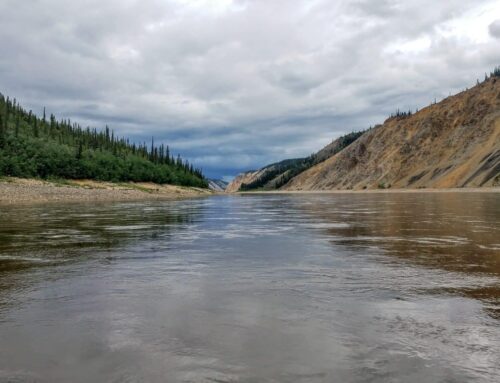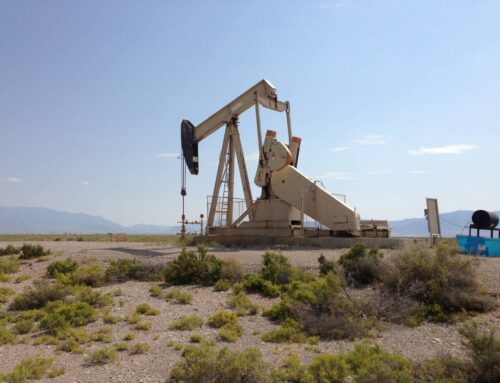Taxpayers for Common Sense Senior Policy Analyst Michael Surrusco spoke today at the second in a series of public meetings being held by the Bureau of Land Management (BLM) to gather input from the public about how to reform existing regulations for wasted methane on federal lands.
Below is the text of his comments before Department of the Interior officials.
Statement of Michael Surrusco, Taxpayers for Common Sense, on BLM’s Methane Public Meeting in Oklahoma City, OK.
I would like thank the folks from BLM for the chance to speak today.
The reforms being proposed here by BLM are similar to those that already exist in other Western states like Colorado, North Dakota, and Montana. These policies, such as the creation of a system to detect and repair gas leaks, are common sense provisions.
BLM estimates that almost $400 million worth of natural gas was vented or flared from BLM-administered leases in 2013. That is roughly double the amount that was lost in 2009.
This is because the development of oil and gas on federal lands has exploded in recent years thanks to new technology and techniques, like fracking. However, the policies that guide oil and gas leasing on federal lands have not kept pace with this development.
The so-called Notice to Lessees 4-A which sets out the conditions for lost gas was adopted on January 1, 1980. While that may not seem like that long ago to some of us – a lot has changed in the last 36 years.
The existing rules for venting and flaring are vague and ambiguous. Over the years, many groups within and outside the government have called for changes to these rules.
Almost 10 years ago, the Royalty Policy Committee (a Federal advisory committee) emphasized the need for BLM to strengthen its processes for verifying gas production.
In 2010, the Department of the Interior Inspector General recommended that the BLM clarify its requirements for royalty-free use of gas.
That same year, the Government Accountability Office (GAO) found that around 40 percent of natural gas being vented and flared from onshore Federal leases could have been economically captured with the use of control technologies already available.
GAO also found that Interior’s oversight of the oil and gas program had significant limitations, and – specifically – that its regulations did not address significant sources of lost gas.
In 2011, GAO added Management of Federal Oil and Gas Resources to its list of government programs it considered to be at high risk– defined as having “greater vulnerabilities to fraud, waste, abuse, and mismanagement.”
It found that: “Interior did not have reasonable assurance that it was collecting its share of revenue from oil and gas produced on federal lands.”
This proposed rule has been a long time coming, and overall, we support this initial draft.
Taxpayers for Common Sense will be submitting detailed written comments on the proposed rule and areas of it we would like to see improved to ensure taxpayers receive the royalties they are due and that publicly owned natural gas is not wasted.











Get Social